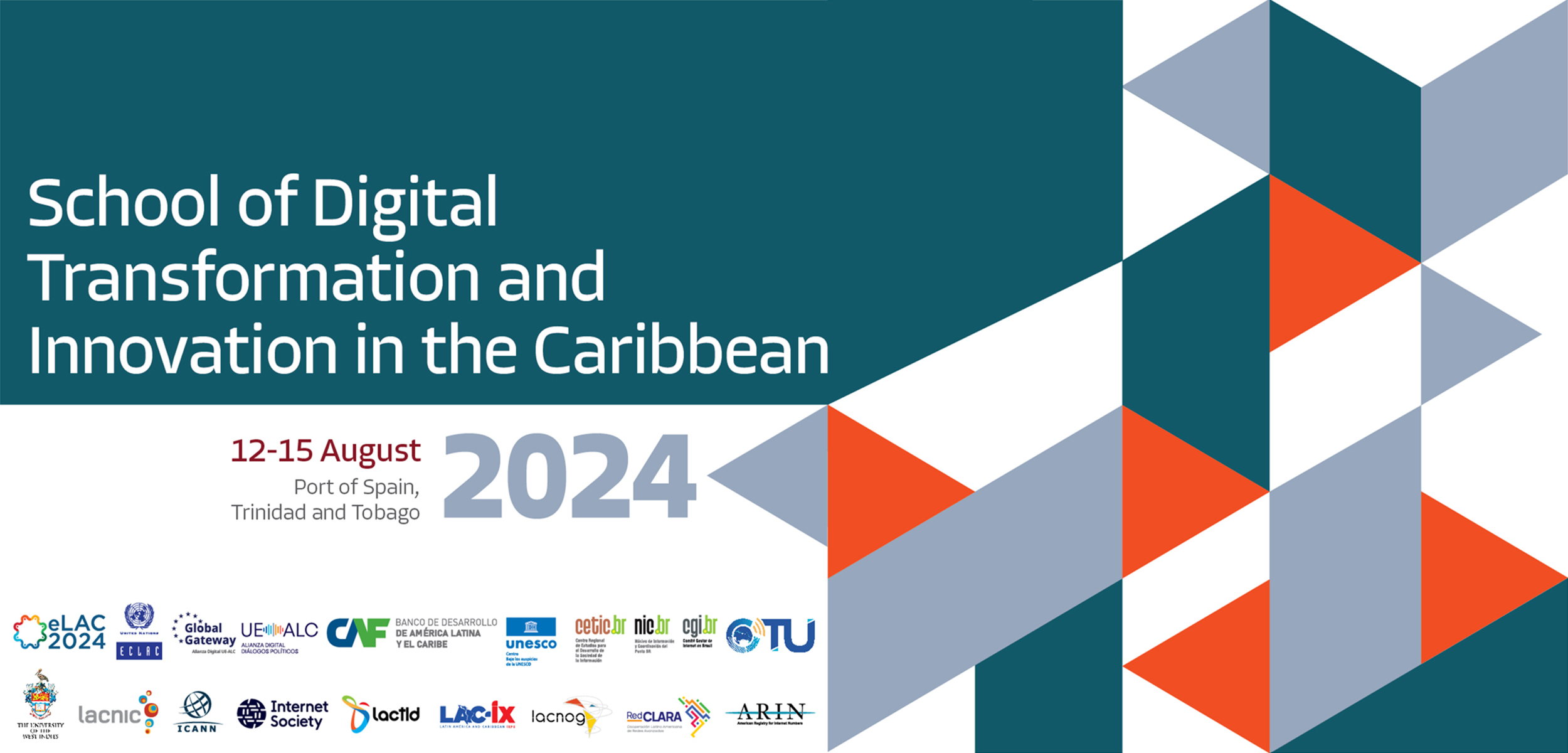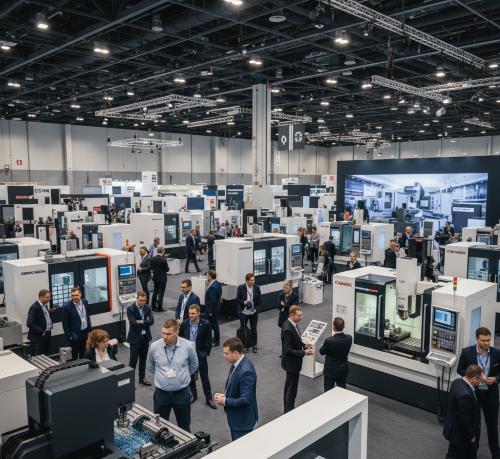Report on Industrial Policy Measures for Renewable Energy Manufacturing and Sustainable Development Goals
Introduction
Countries worldwide are increasingly implementing industrial policy measures and incentives aimed at fostering local renewable energy manufacturing ecosystems. These initiatives are designed to maximize socio-economic benefits, create employment opportunities, and reduce dependency on imports. This approach aligns closely with several Sustainable Development Goals (SDGs), including SDG 7 (Affordable and Clean Energy), SDG 8 (Decent Work and Economic Growth), and SDG 9 (Industry, Innovation, and Infrastructure).
Country-Specific Green Manufacturing Policy and Investment Guides
This report consolidates country-specific green manufacturing policy and investment guides developed to assist industry stakeholders, investors, and policymakers in navigating the regulatory and business environments related to renewable energy manufacturing. These guides emphasize the integration of SDGs into national strategies to promote sustainable industrial development.
Key Features of the Guides
- Tailored Insights into National Policy and Institutional Frameworks
- Analysis of existing policies supporting renewable energy manufacturing.
- Evaluation of institutional roles in facilitating green industrial growth.
- Incentives for Scaling Local Production
- Support mechanisms for technologies such as solar photovoltaic (PV), batteries, and electric mobility.
- Financial and regulatory incentives to encourage investment and innovation.
- Identification of Challenges and Policy Recommendations
- Assessment of barriers to green industrial expansion.
- Strategic recommendations to enhance local value addition and sustainable economic growth.
Contribution to Sustainable Development Goals
- SDG 7: Affordable and Clean Energy – Promoting renewable energy manufacturing supports access to sustainable energy solutions.
- SDG 8: Decent Work and Economic Growth – Creating jobs and fostering economic development through green industries.
- SDG 9: Industry, Innovation, and Infrastructure – Encouraging innovation and building resilient infrastructure within the renewable energy sector.
- SDG 12: Responsible Consumption and Production – Enhancing sustainable production practices in manufacturing.
- SDG 13: Climate Action – Reducing carbon footprints by supporting clean energy technologies.
Conclusion
The integration of industrial policy measures with the Sustainable Development Goals is critical for advancing local renewable energy manufacturing ecosystems. By leveraging tailored policy frameworks and incentives, countries can drive green industrial growth, enhance socio-economic outcomes, and contribute significantly to global sustainability targets.
1. Which SDGs are addressed or connected to the issues highlighted in the article?
- SDG 7: Affordable and Clean Energy – The article discusses renewable energy manufacturing, including solar PV and batteries, which directly relates to ensuring access to affordable, reliable, sustainable, and modern energy.
- SDG 8: Decent Work and Economic Growth – The focus on creating jobs and maximizing socio-economic benefits through industrial policy measures connects to promoting sustained, inclusive, and sustainable economic growth, full and productive employment.
- SDG 9: Industry, Innovation, and Infrastructure – The article emphasizes green manufacturing policy, industrial growth, and local production of renewable energy technologies, aligning with building resilient infrastructure, promoting inclusive and sustainable industrialization, and fostering innovation.
- SDG 12: Responsible Consumption and Production – By promoting local renewable energy manufacturing and reducing import dependency, the article touches on sustainable consumption and production patterns.
2. What specific targets under those SDGs can be identified based on the article’s content?
- SDG 7 Targets:
- 7.2: Increase substantially the share of renewable energy in the global energy mix.
- 7.a: Enhance international cooperation to facilitate access to clean energy research and technology.
- SDG 8 Targets:
- 8.2: Achieve higher levels of economic productivity through diversification, technological upgrading, and innovation.
- 8.5: Achieve full and productive employment and decent work for all.
- SDG 9 Targets:
- 9.2: Promote inclusive and sustainable industrialization and, by 2030, significantly raise industry’s share of employment and gross domestic product.
- 9.4: Upgrade infrastructure and retrofit industries to make them sustainable.
- SDG 12 Targets:
- 12.2: Achieve the sustainable management and efficient use of natural resources.
3. Are there any indicators mentioned or implied in the article that can be used to measure progress towards the identified targets?
- Indicators related to SDG 7:
- Proportion of renewable energy in total final energy consumption (Indicator 7.2.1).
- Investments in renewable energy manufacturing capacity (implied by the focus on industrial policy and incentives).
- Indicators related to SDG 8:
- Employment rate in renewable energy manufacturing sectors (implied by job creation focus).
- Labor productivity measured by GDP per employed person in green industries.
- Indicators related to SDG 9:
- Manufacturing value added as a proportion of GDP (Indicator 9.2.2).
- Proportion of industries using clean and environmentally sound technologies (implied by green manufacturing emphasis).
- Indicators related to SDG 12:
- Material footprint and resource productivity (Indicator 12.2.1).
- Reduction in import dependency for renewable energy technologies (implied by local production focus).
4. Table: SDGs, Targets and Indicators
| SDGs | Targets | Indicators |
|---|---|---|
| SDG 7: Affordable and Clean Energy |
|
|
| SDG 8: Decent Work and Economic Growth |
|
|
| SDG 9: Industry, Innovation, and Infrastructure |
|
|
| SDG 12: Responsible Consumption and Production |
|
|
Source: seforall.org







